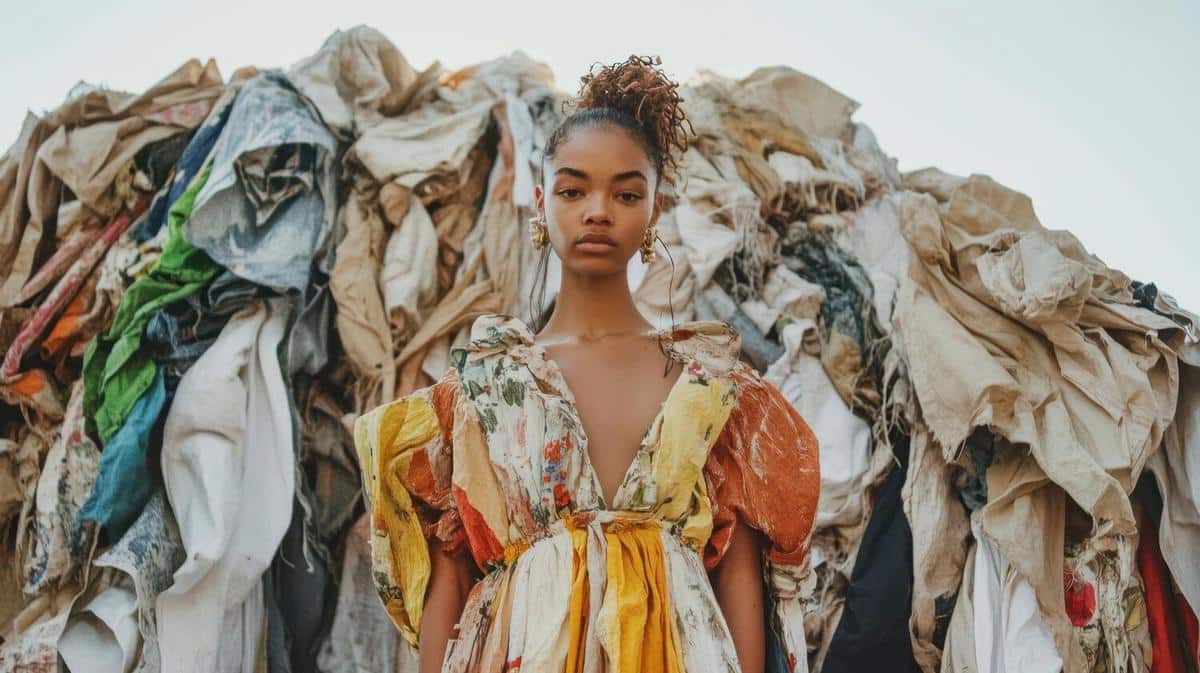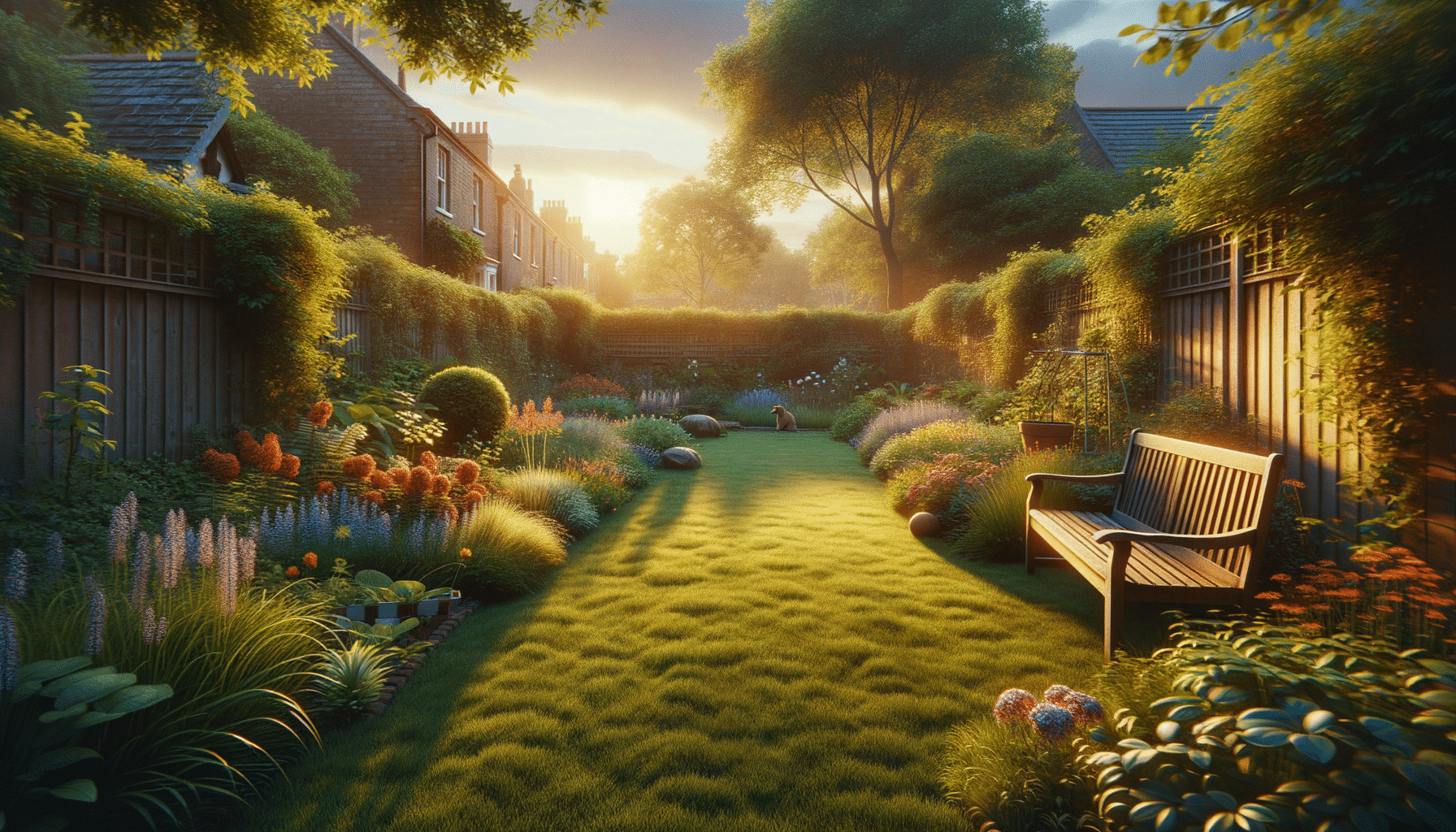
Eco-Friendly Fashion: Upcycled Clothing Trends
Fashion is more than just a statement; it’s a reflection of our values and awareness. As the global conversation around sustainability grows louder, eco-friendly fashion, particularly upcycled clothing, is stepping into the spotlight.
Understanding Upcycled Fashion
Upcycling in fashion involves transforming old or unwanted garments into something new and often more valuable. This trend is not just a creative endeavor but also a critical step towards reducing textile waste. According to the Environmental Protection Agency, textile waste contributes to approximately 11.3 million tons of waste annually in the United States alone.
Why Upcycling Matters
Prominent fashion designers have increasingly embraced upcycling. This shift is not only about aesthetics but also about responsibility. As fashion consultant and sustainability expert, Dr. Lisa Smith, notes, “Upcycled fashion is a powerful way to reduce environmental impact while fostering creativity.”
Statistics to Consider
- A report by the Ellen MacArthur Foundation highlighted that less than 1% of clothing is recycled into new garments.
- In 2020, over 92 million tons of textile waste were generated globally.
Personal Experiences and Examples
Many fashion enthusiasts have shared their journeys of upcycling. Take, for example, Emma, who transformed her old denim jeans into a chic jacket. She found the process not only rewarding but also a great way to personalize her wardrobe.
Actionable Tips for Getting Started
- Assess Your Wardrobe: Identify clothes you no longer wear.
- Get Inspired: Platforms like Pinterest and Instagram are great for ideas.
- Learn Basic Sewing: Consider taking an online course to refine your skills.
- Collaborate: Join local upcycling workshops or online communities for support.
Comparing Upcycling and Recycling
| Aspect | Upcycling | Recycling |
|---|---|---|
| Process | Transforms items into something of higher value | Breaks down items to create new raw materials |
| Creativity | Highly creative and personalized | Less creative, more industrial |
| Environmental Impact | Reduces waste significantly | Reduces waste but involves energy use |
| Cost | Often low-cost, using existing materials | Can be costly due to industrial processes |
| Skill Requirement | Basic to advanced crafting skills | Industrial knowledge |
| Popularity | Growing rapidly | Well-established |
| Market | Niche markets | Mass markets |
| Examples | Turning jeans into bags | Melting plastic into pellets |
Frequently Asked Questions
What is the difference between upcycling and recycling?
Upcycling involves creating something new of higher value from old materials, while recycling breaks down materials to create new raw products.
Can anyone start upcycling?
Yes, upcycling can be started by anyone, even with minimal crafting skills. The key is creativity and willingness to learn.
Conclusion
Upcycled fashion is more than just a trend; it’s a step towards a sustainable future. By embracing upcycling, you not only contribute to reducing waste but also add a unique touch to your wardrobe. Consider starting small and gradually explore more complex projects. For further inspiration, check out online resources and communities dedicated to eco-friendly fashion.


